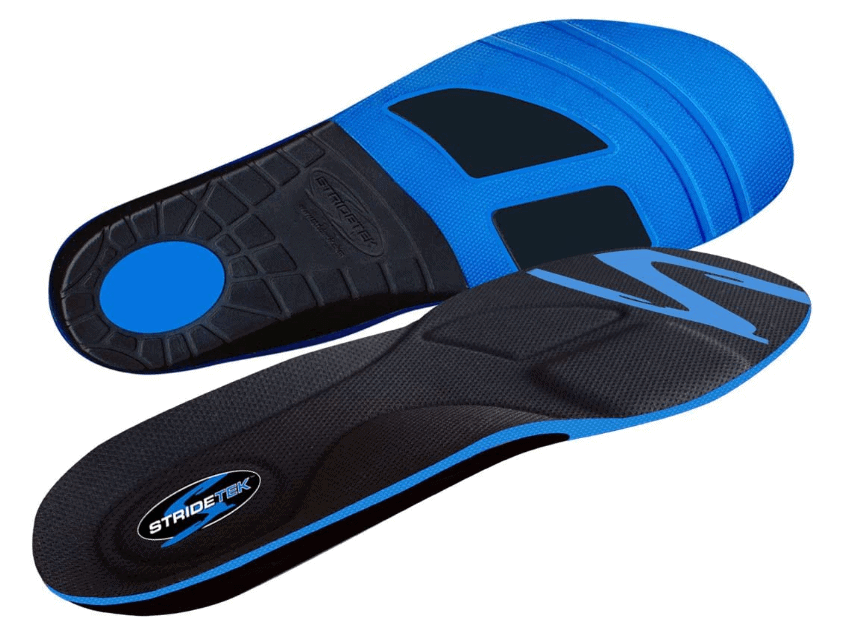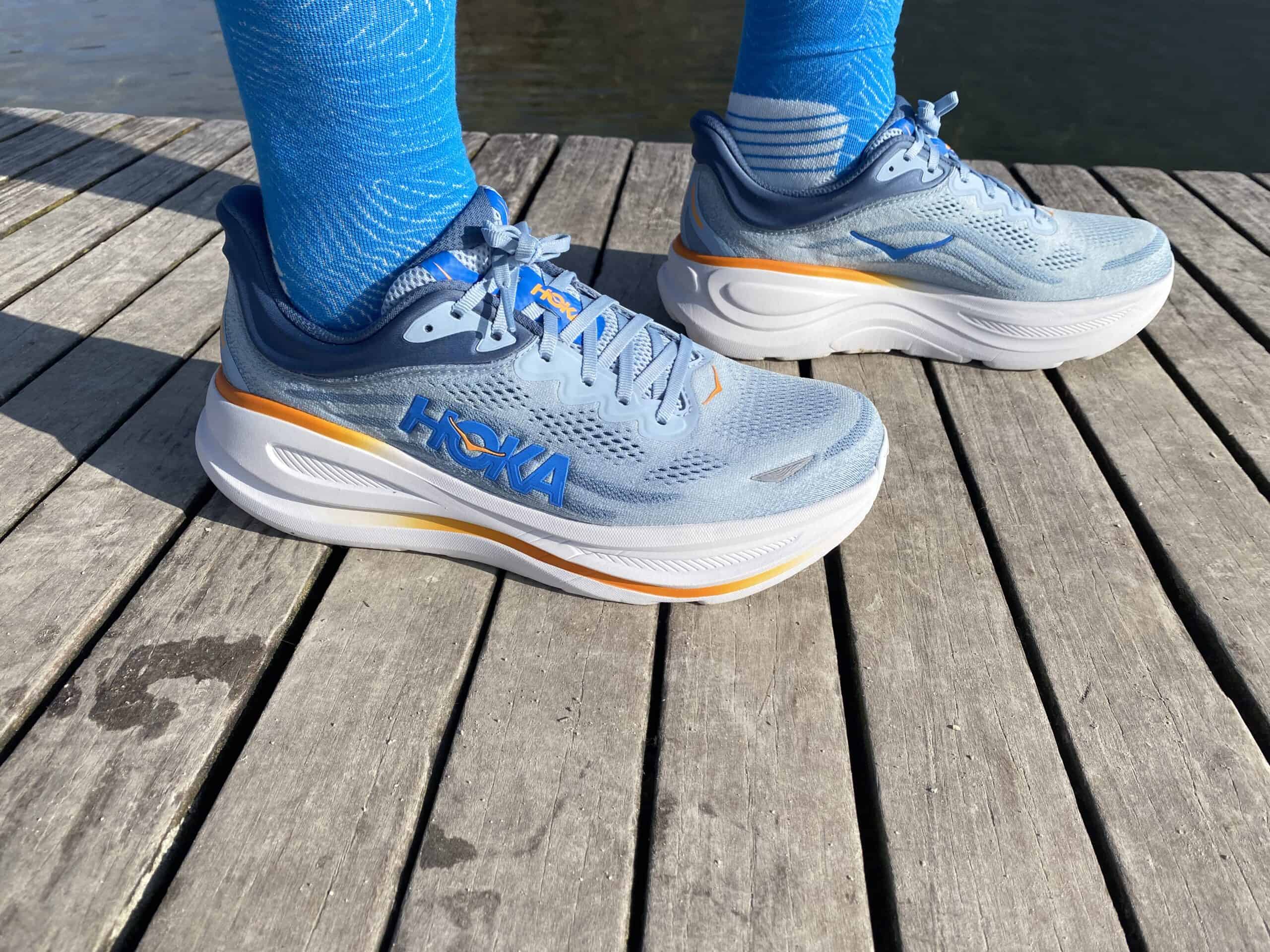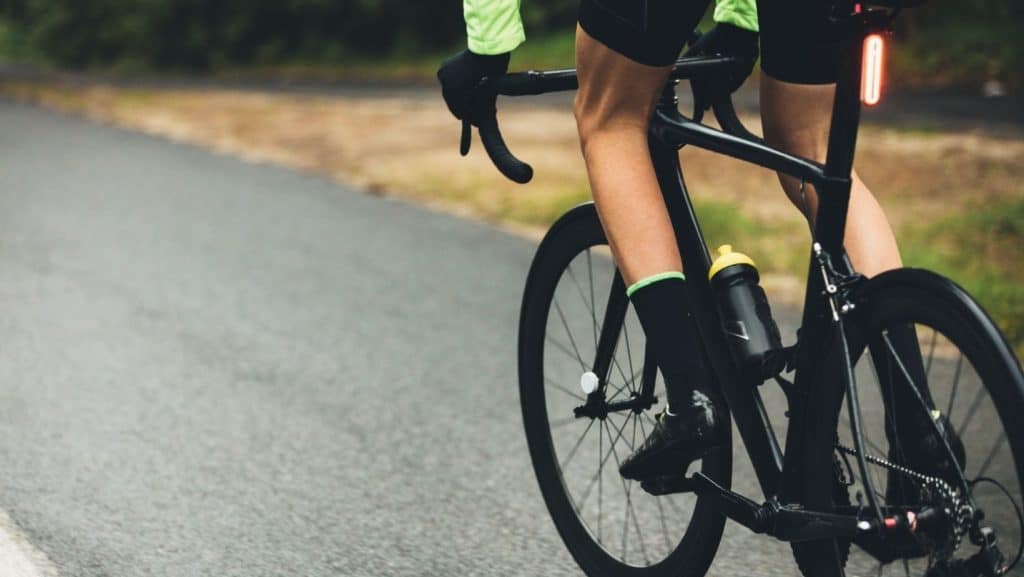Sesamoiditis Exercises
Read More >
James McCormack is a Physical Therapist who specialises in knee, foot & ankle injuries. www.james-mccormack.com is a participant in the Amazon Services LLC Associates Program, an affiliate advertising program designed to provide a means for sites to earn advertising fees by advertising and linking to Amazon.com. The money earned from this helps us to create free educational content.
It is important to keep in mind that the recommendations in this article are for educational purposes only and that treatment and guidance of care for this condition should be carried out under the guidance of a medical professional.
We recommend reducing your walking and step count as much as possible if you have Sesamoiditis to reduce the risk of further irritation of your symptoms. If you are keen to continue walking and have mild symptoms of sesamoiditis, we recommend shorter frequent walks of 15-20 minutes 2-3 times a day rather than a walk of 45 minutes.
Where possible, try to replace walking with cycling, driving or taking public transport rather. For those with severe symptoms of Sesamoiditis, a walking boot may be required to walk short distances.
Sesamoiditis is a complex condition to treat, but in our experience, the Sidetkk Orthotic Insoles are highly effective at relieving pain from Sesamoiditis.
The Sidetek have a deep heel cup which controls the motion of the ankle joint and a moderate arch height to reduce pronation forces.
We particularly like the gel cushion that sits just under the sesamoid bones to provide adequate pain relief from Sesamoiditis.

We do not advise running with Sesamoiditis as the impact nature of the activity will worsen your symptoms.
If you have mild symptoms, the best running shoe for Sesamoiditis should have a low drop and plenty of cushioning. If you are a forefoot runner, consider transitioning to a heel strike.

We recommend the Hoka Bondi 9 for Sesamoiditis pain relief.
The Hoka Bondi 9 can be purchased in various widths, ensuring the toes are compressed in the shoe’s toebox.
The Bondi 9 has a 5mm drop reducing the pressure on the forefoot and sesamoids while standing. They have plush cushioning to reduce the vibration on the sesamoid bone when walking or running.
See the latest prices on Amazon below:
Cycling is one of the best forms of exercise to do with Sesamoiditis. We recommend maintaining a high cadence and remaining in the saddle throughout your cycle.
Consider wearing cleats and cycling on smooth flat surfaces or a stationary bike.

Swimming is the best exercise for cardiovascular fitness if you have Sesamoiditis. As there is no impact during swimming, it cannot irritate your symptoms.
If you want to be ultra cautious, don’t push off the wall in the pool with your affected foot.
No information in this article is medical advice. It is for educational purposes only. We recommend a consultation with a medical professional such as James McCormack. He offers Online Physiotherapy Appointments weekly.
Related Article: Physical therapy Exercises for Sesamoiditis